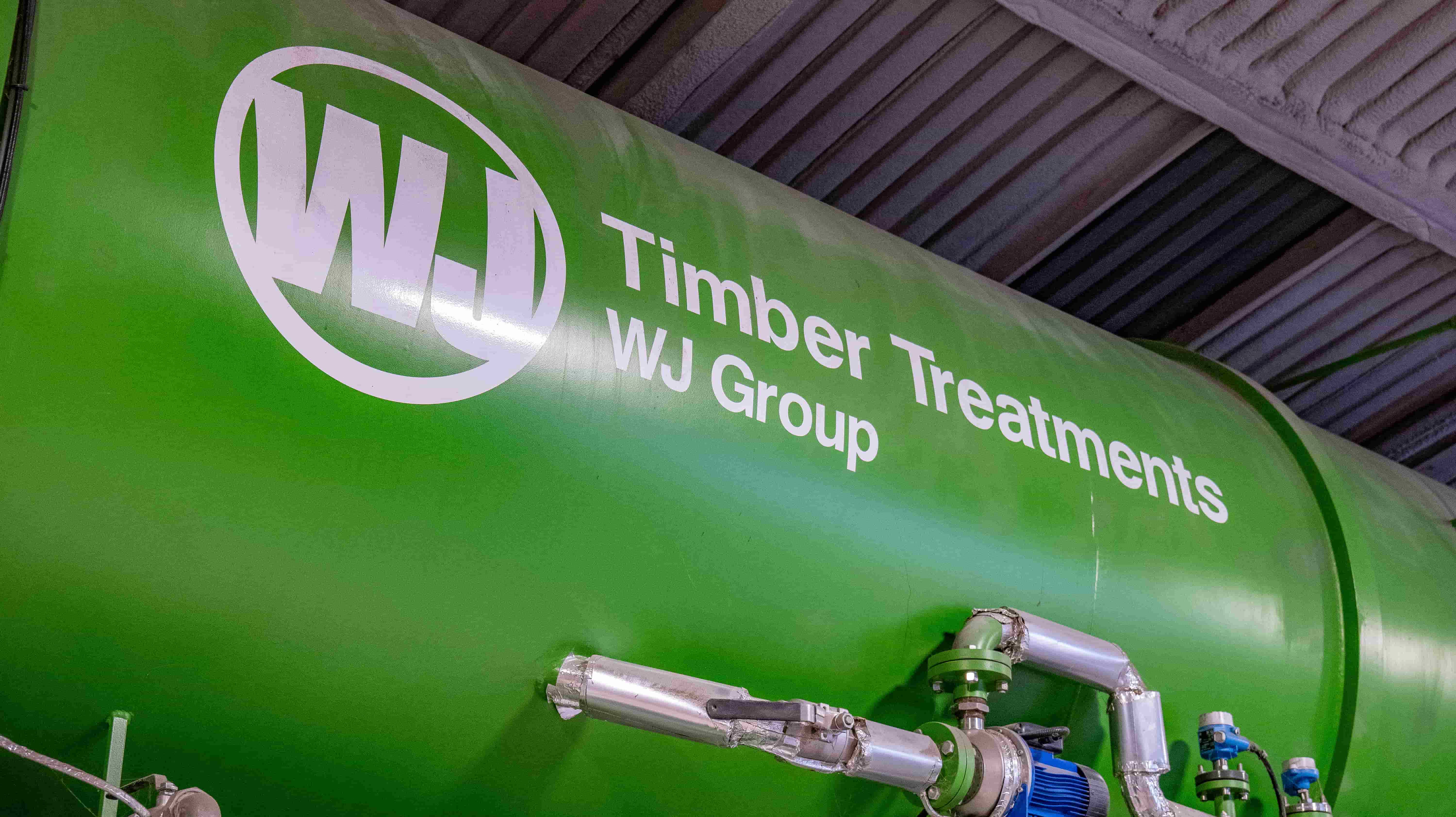Who Is Responsible For Fire-Treating Your Timber Correctly?
Worryingly, the answer to this crucial question is not clear. In fact, some fire-treated timber entering the supply chain might not be correctly treated. Not fit for purpose. So, when you’re specifying fire-treated timber, how can you be sure you’re getting this right? Lives depend on correctly specified and installed fire-retardant timber. And yet, there’s no monitoring system in the UK. I find this incredible. As a specifier or contractor, you must select the right materials. You must be confident they’ll perform as you require. But there are serious knowledge gaps across design and construction when it comes to fire-retardant timber. And these gaps can result in significant errors. If your supply chain doesn’t deliver a product that’s fit for purpose, who’s responsibility is it? Let me explain where my concern comes from, and how you can handle this to specify fire-retardant timber correctly with your supply chain. One regulation, two interpretations It starts with The Construction Product Regulation (EU no. 305/2011). This requires the manufacturer or company placing the product on the market to CE mark it. At WJ FireWright, we fire-treat timber with Burnblock. An eco-friendly Danish product, we adhere to the EU’s interpretation of the CPR – the timber treater is responsible for CE mark provision (and the traceability this demands). Here’s the anomaly. The UK interprets the CPR differently. They state the company placing the treated timber for sale is responsible for CE marking and documentation provision. But how does a layman trading timber truly understand the specific fire-treatment process – and whether it’s fit for your purpose? Official bodies in the UK believe the timber treater only needs a Factory Production Control document, audited in line with a quality management standard like ISO 9001. So, the treater could have a third-party audited process, with no reference made to the relevant product harmonised standard. And no documented traceability back to BS EN 13501 fire classification report (Euro B or C). Fire treating timber significantly alters the performance of it. That’s manufacturing, surely? We therefore maintain the EU’s stance and provide full treatment traceability. We don’t have to do this. The UK’s interpretation of the CPR says we’re not the business placing the product on the market. Nor are we the manufacturer. But we believe we should be doing this. It’s our moral responsibility to provide people like you with total confidence. Understand the testing to specify correctly Walking you through the process, you’ll see the importance of understanding the detail behind the Declaration of Performance that’ll accompany your fire-treated timber. Unlike many treaters, we provide a species-specific Declaration of Performance to accompany every fire-treated product. We don’t have to do this, but we think it’s right. Going back to the CPR, it states products in the ‘reaction to fire’ category must be CE marked (CE marking will become UKCA in 2022). To achieve CE marking for timber cladding, for example, BS EN14915/2013 is the correct harmonised standard to meet. This states the AVCP (Assessment and Verification of Constancy of Performance) must be Class 1 for reaction to fire products. AVCP1 requires continual auditing by a notified body. WJ uses Finetrol. The notified body then provides a Constancy of Performance, renewed after every annual audit. Only then can your supplier issue a species-specific Declaration of Performance. It’s complex. And that’s why it’s vital to ask your fire-retardant timber supplier the right questions. Questions to ask your supplier When selecting the right fire-treated timber for your building project, ask your supplier these three questions. By doing so you’re understanding the evidence behind the paperwork – and that’s what leads to a fit-for-purpose specification. In other words, timber that will perform correctly in the event of a fire. 1. Does your treater issue the CE mark and Declaration of Performance? This is rarely the case (aside from WJ). So, how can your provider sufficiently understand the testing and third-party auditing required to create these documents? 2. Is the Declaration of Performance specific to the timber species? Reputable treaters have a Constancy of Performance that summaries the fire classification report for each species. Robust auditing will be in place by the notified body that issued the fire classification report on behalf of the fire-retardant chemical supplier. A generic Declaration of Performance is, quite frankly, dangerous. 3. If you’re supplied with a Factory Production Control document, was it audited against the correct harmonised standard? For example, that would be EN14915/2013 for cladding. As the CPR doesn’t make this clear it’s easy to have a disconnect between an irrelevant standard and the control document. Another risky situation. Fire retardant timber is a complex topic. And yet, so crucial to specify correctly. You’re welcome to contact me, Mark Eggleston, for an informal discussion. I’m keen to help your supply chain deliver fire-treated timber you can be 100% confident in. Call 01482 338950 or email mark.eggleston@wj-group.co.uk.

